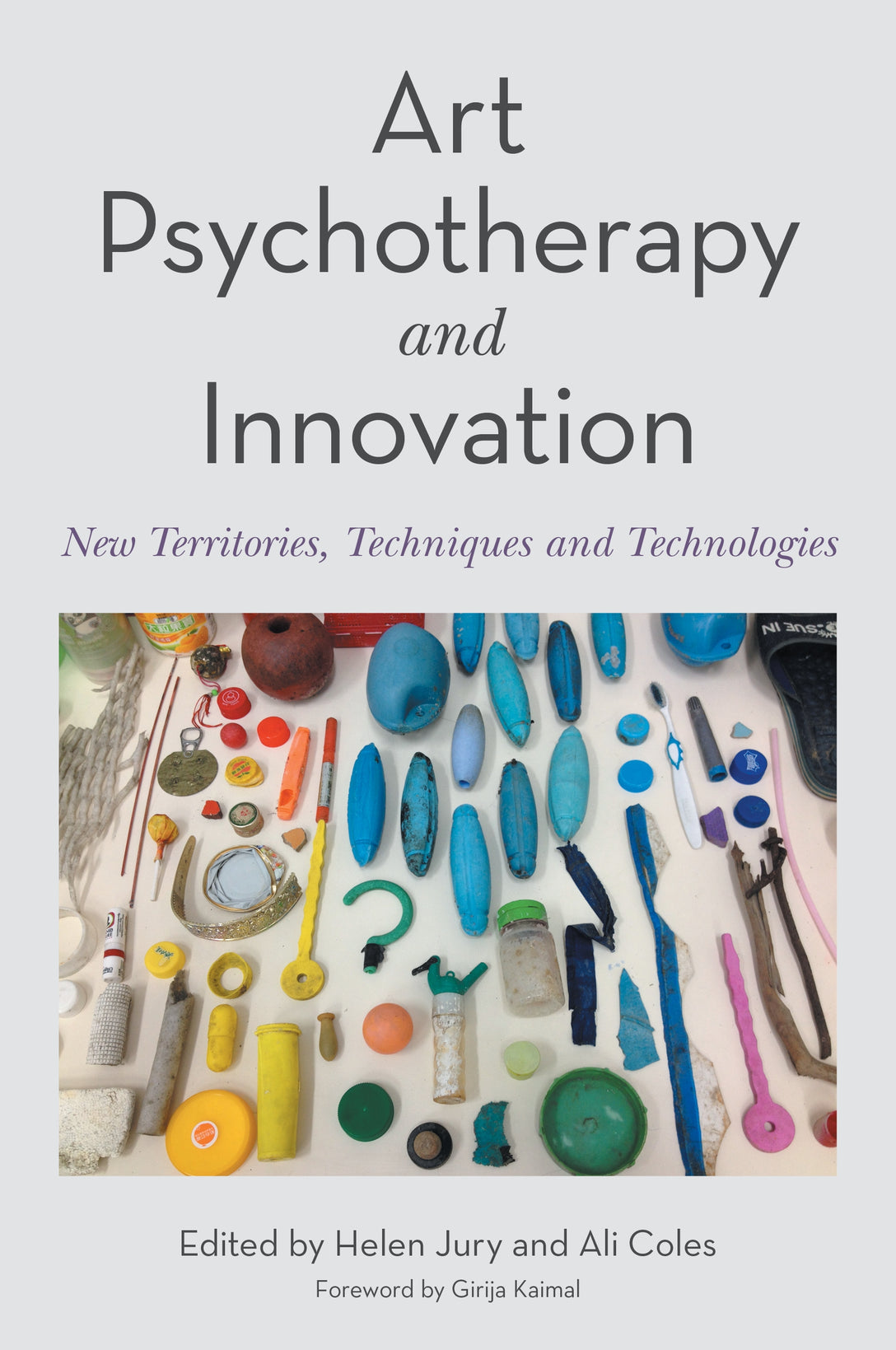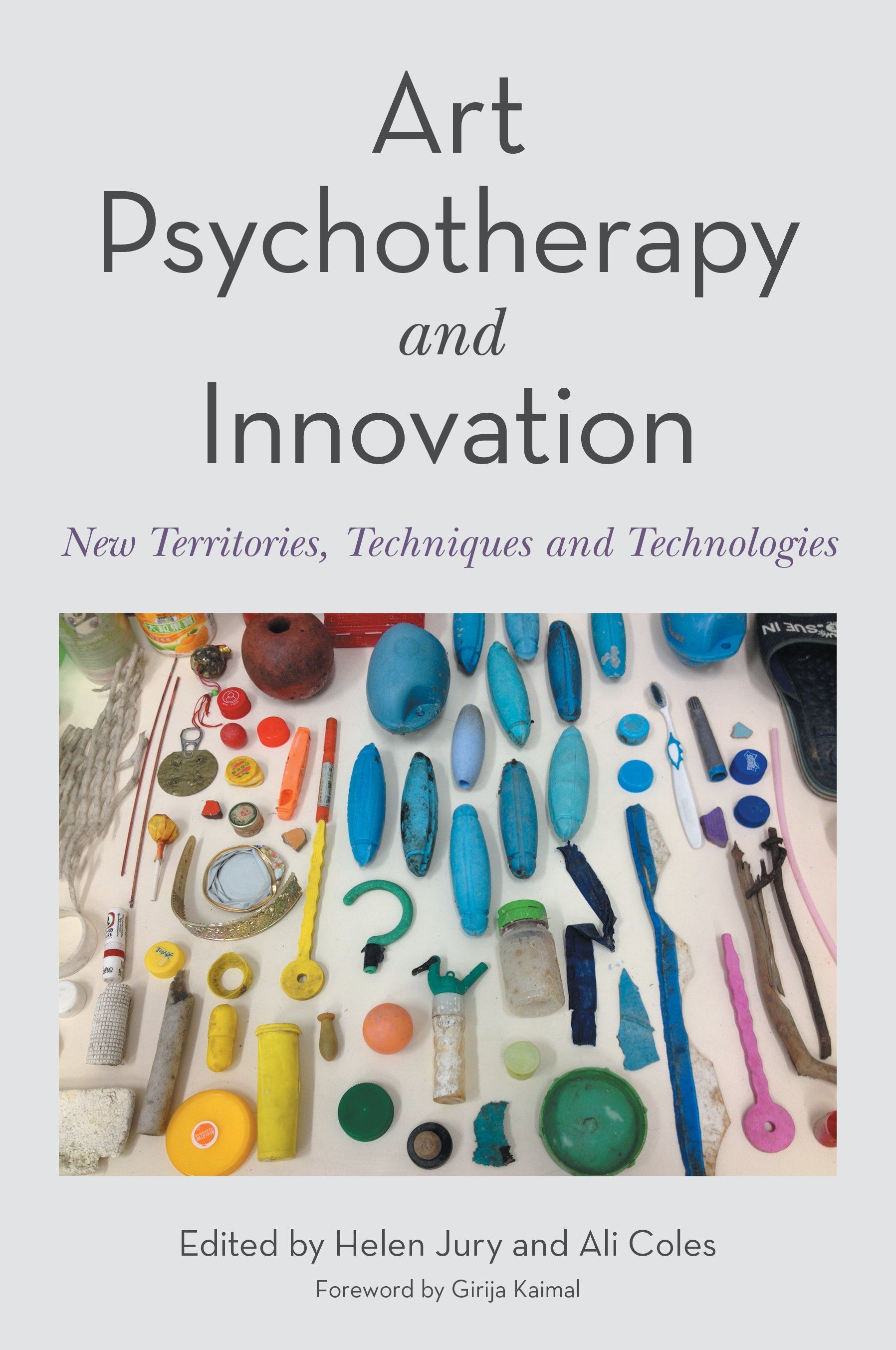
Press Reviews
David E. Gussak, PhD, ATR-BC—Florida State University, Professor of Art Therapy and Project Coordinator of the FSU/FDC Art Therapy in Prisons Program
Helen Jury and Ali Coles reminds us through these inspiringly organized and innovatively original collection of essays that art psychotherapy needs to constantly evolve to accommodate and assimilate new foci, technological advances and innovations. Truly a required text for these-and all-times.
Dr Patricia Fenner, Associate Professor, La Trobe University
This book demonstrates how much needed innovation, inclusivity and genuine diversity in art psychotherapy is built from voices and knowledges of art therapists across the globe.
Johanna Czamanski-Cohen, PhD, Senior lecturer, University of Haifa
... a timely and refreshing contribution to the theory and praxis of art therapy, taking us on a journey outside the clinic and into the world in which our service recipients live.
- Jacqui McKoy-Lewens, MA, Programme Director, Art Therapy Northern Programme, Sheffield
Timely, compelling, inspiring and insightful. The authors demonstrate the versatility of arts therapies and our ability to positively and creatively respond to adverse changes through Art Therapy work across the globe.
- Therapy Today
A thought-provoking and stimulating read
- Professor Joy Schaverien PhD, Jungian analyst, art psychotherapist and author of Boarding School Syndrome: The Psychological Trauma of the ‘Privileged’ Child (2015) and The Revealing Image: Analytical Art Psychotherapy in Theory and Practice (1999 Jessica Kingsley).
In this wide-ranging and original book Jury and Coles have brought together a diverse collection of international art psychotherapists, some with many years experience in the field, and others relatively new to the profession. Together they build a picture of the reach of art psychotherapy in challenging environments and with new technologies. They demonstrate how resourceful art psychotherapists can be in improvising and adapting art making under the pressure of demanding circumstances. The chapters explore the importance of the physicality of the materials, the portable studio, working in remote places and inhospitable surroundings and with refugees. They engage with virtual reality and phototherapy and other creative solutions using new technology. There are chapters on adapting to working on-line during the Covid 19 lockdowns and with the staff of an NHS hospital at the front line during the pandemic. These engaging stories of clinical encounters are enhanced with illustrations in colour and black and white. This book is indeed innovative. It will be an inspiration for art psychotherapists, and other health care professionals, indeed all those who take up the challenge to work outside the bounds of the conventional frame.
